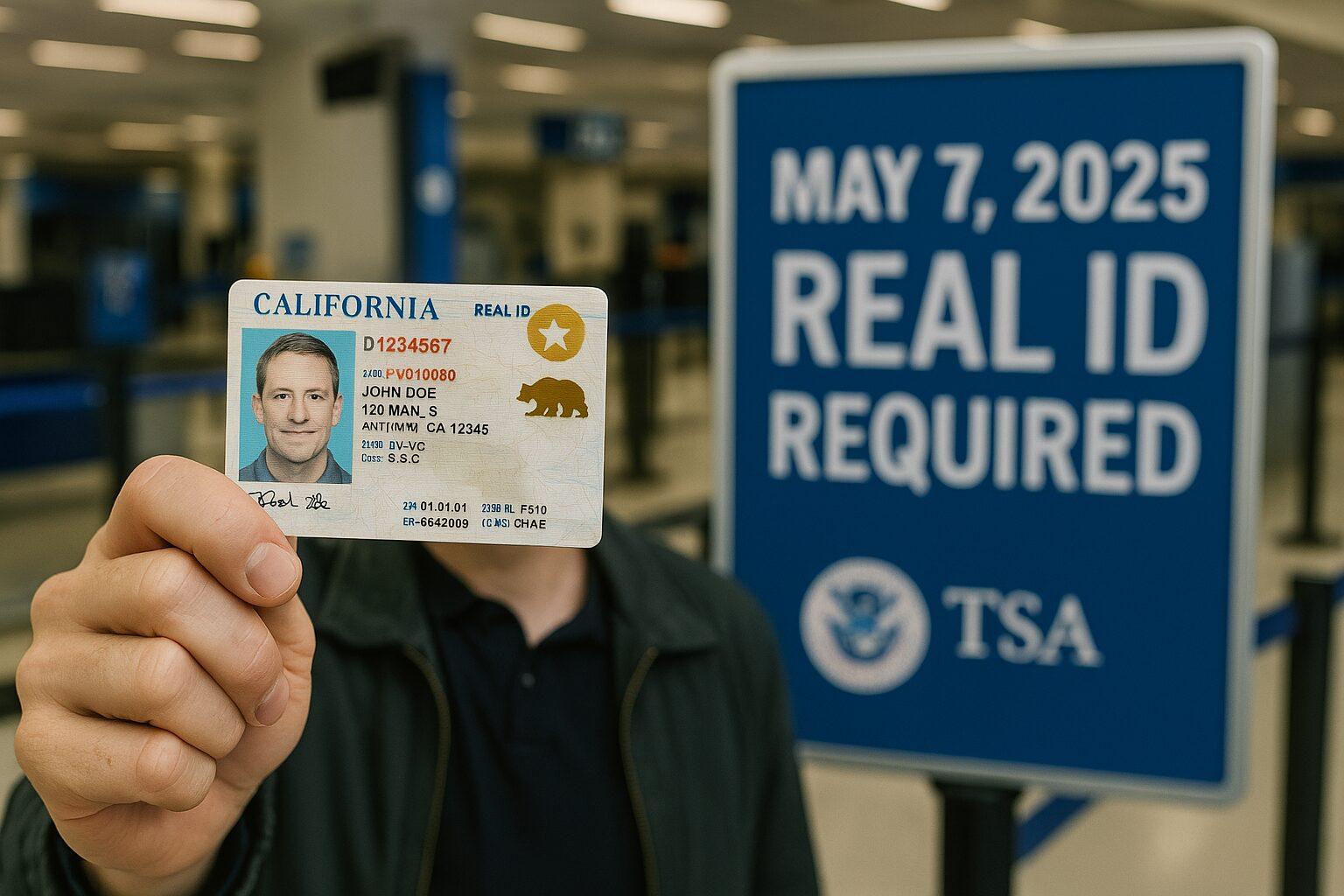Confusion and panic often accompany the sounds of screeching tires and metal slamming into metal. A passenger’s body hurtles forward during a front end collision, carried by momentum for a few horrific seconds after the moment of impact. Road conditions, the speed at the time of the collision and a wide variety of other circumstances will affect exactly how that scenario plays out.
The number one factor in deciding whether or not drivers and their passengers survive a collision is seat belt use. The National Safety Council (NSC) lists seat belts as the best protection against injury during a collision. Analysis of data collected from car crashes over the decades suggests that vehicle occupants who don’t wear a seatbelt are over four times more likely to sustain serious injury in the event of a collision, according to the Road Safety Observatory (RSO).
A number of studies conducted during the ‘60s and ‘70s showed a dramatic fall in injury and fatality rates amongst seatbelt wearing passengers compared to those who went unrestrained, according to the RSO. In 1968, the federal government passed a law making them a required feature in most automobiles sold in the United States.
Some of the earliest seat belts, patented by Swedish car manufacturer Volvo in 1889, only restrained occupants at the waist, according to the Governor’s Highway Safety Association (GHSA). Over time, these were replaced by the more effective three-point harness, recognizable in most modern vehicles, which further reduced injury by spreading the restraining force of the harness more evenly throughout the passenger’s torso. They were developed by engineer Nils Bohlin, and became a feature in a production automobile for the first time in 1959 on the Volvo PV 544.
Although seat belts became standard equipment for most models by the ‘60s, vehicle occupants were not forced to use them at first.
New York passed the first law mandating their use in December of 1984. Since then, all 50 states and the District of Columbia have enacted some form of seat belt regulation, the last of which was South Dakota in 1995. New Hampshire’s rules only apply to children.
Most states employ one of two methods to police these rules. In New York, California and most other states, a seat belt violation is a primary offense and can be the sole reason for a traffic stop and citation. In Nevada and 17 other states, failing to wear a seat belt is a secondary offense that can only be cited in conjunction with another moving violation like speeding.
Regardless of what their local laws stipulate, drivers and passengers risk having travel plans transform into tragedy if they neglect to buckle up as they head out this holiday season. The chances of getting into a traffic collision are higher now than they have been in the past.
Rising employment and falling gas prices over the last few years have led to more cars on the road and more car crashes, according to the NSC. In 2015, about 38,300 people died in traffic collisions, eight percent more than the number of deaths reported in 2014. In addition, 4.4 million people were seriously injured in car crashes last year.
The NSC encourages drivers to stay buckled-up, aware, rested and sober whenever they hit the road. They also discourage cell phone use while driving, encourage motorists to become familiar with whatever accident prevention technology their vehicles are equipped with, and recommend vehicles fitted with airbags.
“Americans take their safety on the roadways for granted,” National Safety Council President and CEO Deborah Hersman told NPR in February. “Engage your defensive driving skills and stay alert so we can reverse this trend.”





